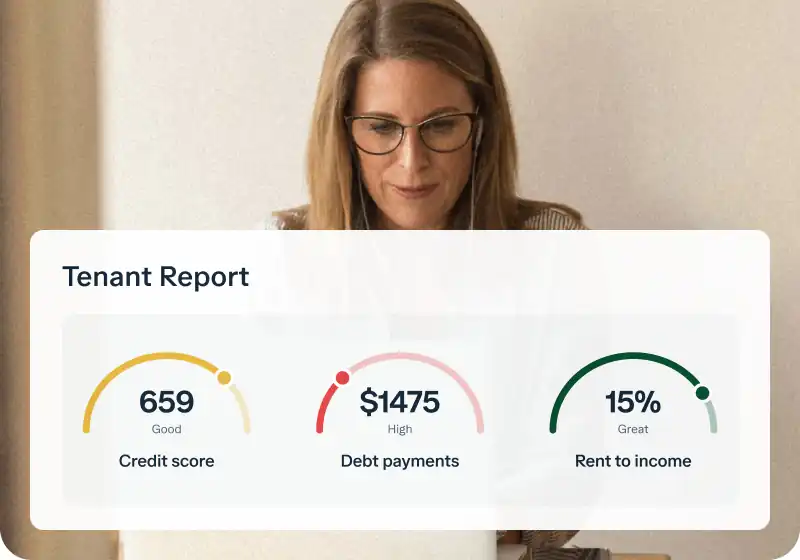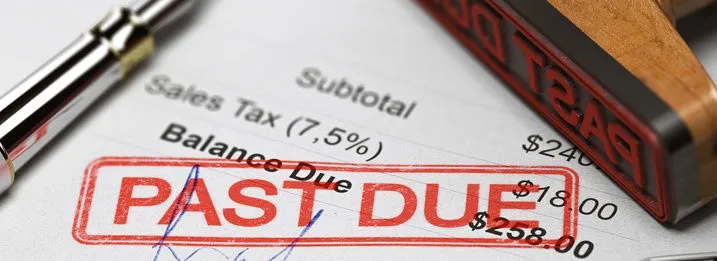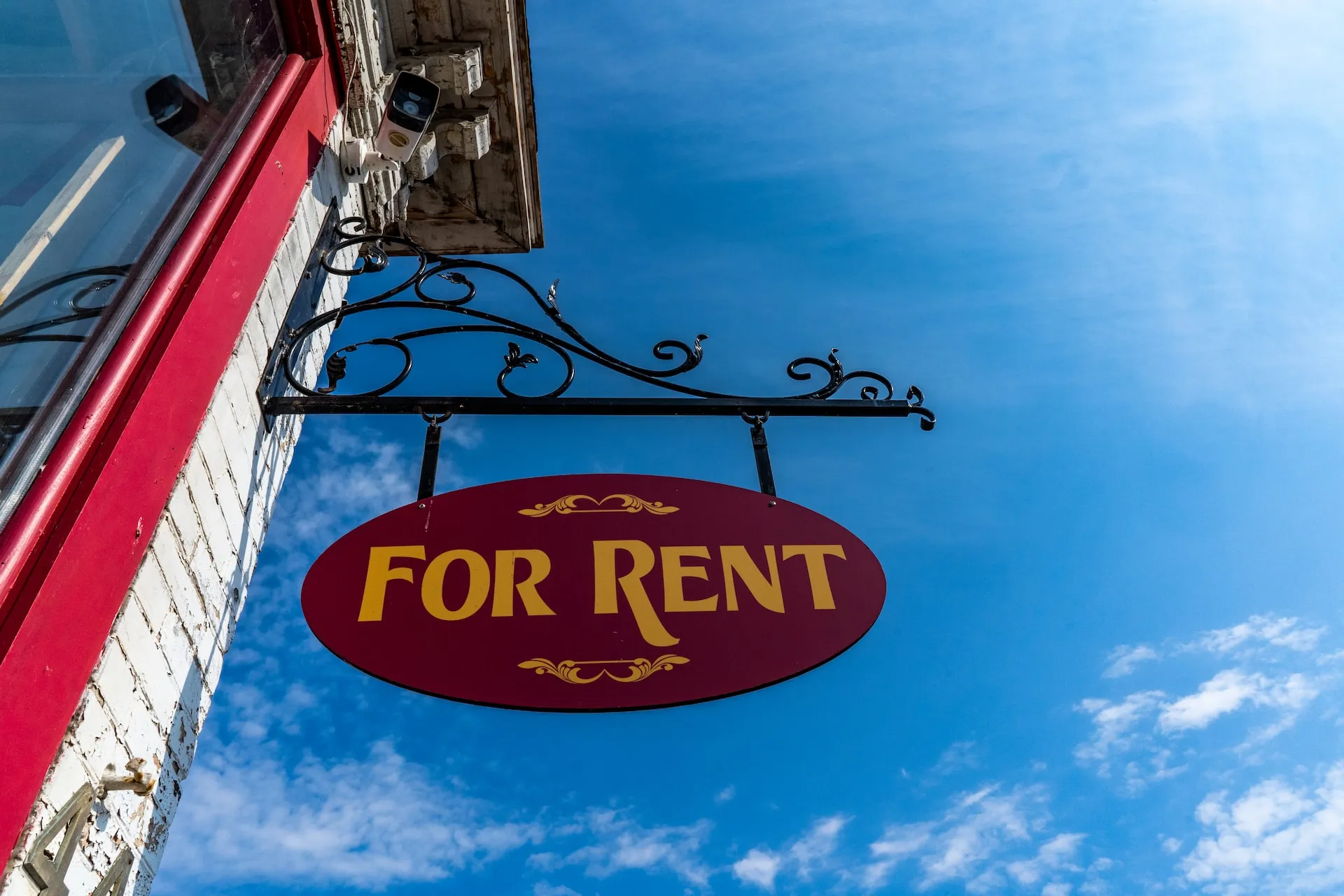Understanding key financial metrics is essential for successful real estate investing. As a landlord or property manager, analyzing potential rental properties goes beyond simply looking at the price tag. You need tools to quickly assess a property's income potential relative to its cost. One such tool is the Gross Rent Multiplier, or GRM. It helps you compare different opportunities efficiently, even if it doesn't tell the whole story.
Key takeaways
- The Gross Rent Multiplier (GRM) is a quick metric to evaluate income properties.
- It is calculated by dividing the property's market value by its gross annual rental income.
- GRM is primarily used as a screening tool to compare similar properties in the same market.
- A lower GRM generally suggests a potentially more attractive investment relative to its price and income.
- A major limitation is that GRM does not account for operating expenses or vacancy rates.
What is the gross rent multiplier (GRM)?
The Gross Rent Multiplier (GRM) is a real estate metric used to quickly evaluate income-producing properties. It's calculated by dividing the property's market value by its annual gross rental income. This metric helps investors get a preliminary sense of how many years of gross rent it would take for the property's income to equal its price. GRM is primarily a quick screening tool for investors to compare potential rental properties in a given market.
Using GRM allows you to compare properties based on their income-generating ability before diving into a detailed financial analysis. It provides a simple way to filter potential investments. This can save you time and effort during the initial stages of property evaluation.
How to calculate gross rent multiplier
Calculating the Gross Rent Multiplier involves a simple formula using just two key figures: the property's market price and its gross annual rental income. This calculation provides a single number that represents the GRM. Understanding this formula is the first step to using the metric effectively.
GRM Formula
The formula for calculating the Gross Rent Multiplier is straightforward. You take the property's value and divide it by the total rent it is expected to generate in a year. The formula is:
Gross Rent Multiplier = Property Price / Gross Annual Rental Income
The property price is the current market value or potential purchase price of the property. Gross annual rental income is the total rent collected over 12 months, assuming full occupancy and before deducting any expenses.
Example Calculation
Let's walk through a practical example to illustrate the calculation. Suppose you are considering a rental property priced at $500,000. This property generates $4,167 in gross monthly rental income from all units ($4,167 * 12 months = $50,000).
To find the GRM, you apply the formula: $500,000 (Property Price) / $50,000 (Gross Annual Rental Income). The result is 10. This means the property has a Gross Rent Multiplier of 10.
A GRM of 10 suggests that it would take 10 years of collecting gross rent at the current rate to recoup the initial purchase price. Remember, this calculation does not include any costs associated with owning or managing the property.
How to use GRM in real estate investing
The Gross Rent Multiplier is a valuable initial screening tool for real estate investors. It helps you quickly compare potential properties and estimate values. However, it's crucial to use GRM correctly and in context.
Comparing properties
The primary use of GRM is to compare similar properties within the same market or submarket. If you are evaluating multiple duplexes in the same neighborhood, calculating the GRM for each can help you identify which one offers a potentially better value relative to its gross income.
A lower GRM generally suggests that a property is either priced lower relative to its income or generates higher income relative to its price compared to others. For example, if Property A has a GRM of 8 and Property B has a GRM of 12, both with similar characteristics and in the same area, Property A might warrant closer consideration based on this metric.
Using a consistent method to track income and expenses for all your properties makes such comparisons easier. Baselane's banking platform allows you to create unlimited accounts per property, automatically tagging transactions. This helps ensure you have accurate gross income data readily available for GRM calculations. You can also easily track rent payments, which feed directly into your income records.
Estimating property value or required rent
You can also use GRM to estimate a property's value or determine the required rent for a target GRM. If you know the typical GRM for comparable properties in a market, you can apply it to a specific property's gross annual rent to estimate its market value (Estimated Value = GRM * Gross Annual Rent).
Alternatively, if you have a target purchase price and a desired GRM, you can estimate the gross annual rent needed (Required Gross Annual Rent = Property Price / GRM).
For instance, if the typical GRM in a neighborhood is 9, and a property generates $40,000 in gross annual rent, its estimated value using GRM would be $360,000 (9 * $40,000). This can help you gauge if an asking price is reasonable based solely on its gross income potential.
For landlords managing multiple units, having a clear view of income per property is vital. Tools like a rent roll template or robust bookkeeping software can help track the gross annual income needed for these estimations.
What is a good gross rent multiplier?
There is no single universal number that defines a "good" Gross Rent Multiplier. What is considered a good GRM varies significantly based on several factors. The most important factors are the property type and its geographic location. Understanding these variations is crucial when interpreting GRM.
Factors influencing GRM include the local real estate market's health, demand for rentals, interest rates, and the specific characteristics of the property itself. For example, a property in a high-demand urban area might have a higher GRM than a similar property in a less competitive rural market. This doesn't necessarily mean the urban property is a worse investment; it reflects market dynamics.
A GRM between 4 and 7 is often considered a good range for multifamily properties. However, the variation is significant by market and property type. Market variation is significant, with GRMs generally lower in high-demand areas compared to less competitive markets. For example, GRMs of 16-20+ might be seen in high-cost coastal cities, while 5-8 are common in the Midwest or South.
When evaluating a property, compare its GRM to that of recently sold comparable properties in the immediate vicinity. A property with a GRM significantly lower than its peers in the same micro-market might be a better investment opportunity on a gross income basis. Conversely, a property with a much higher GRM might be overpriced relative to its gross income potential.
Limitations of using the gross rent multiplier
While GRM is a helpful screening tool, it has significant limitations that investors must understand. Relying solely on GRM can lead to incomplete or misleading conclusions about a property's profitability. The most critical limitation is that GRM ignores all operating expenses.
Operating expenses include property taxes, insurance, maintenance costs, property management fees, and utilities paid by the landlord. These costs can vary significantly between properties and markets. Two properties might have the same GRM, but one could have much higher operating expenses, making it less profitable overall. For example, an older property might require significant maintenance expenses that are not reflected in its GRM.
GRM also typically assumes full occupancy and does not account for potential vacancy rates. A property might have high gross rent potential, but if it frequently experiences vacancies, the actual income collected will be lower. Furthermore, GRM doesn't consider financing costs, capital expenditures, or the property's physical condition. Using robust bookkeeping tools helps you accurately track actual expenses for your existing properties.
Baselane's bookkeeping features auto-categorize transactions based on Schedule E, making it easier to see where your money is really going. Tracking your actual rental property deductions gives you a clearer financial picture than GRM alone.
Because of these limitations, GRM is best used as an initial filter, not the sole basis for an investment decision. A low GRM is a good indicator for further investigation. However, it doesn't guarantee profitability; a deeper analysis considering all expenses is always necessary.
GRM vs capitalization rate
The Gross Rent Multiplier (GRM) and Capitalization Rate (Cap Rate) are both common real estate investment metrics, but they measure different aspects of a property's performance. Understanding their distinction is crucial for a comprehensive analysis. While GRM uses gross income, Cap Rate considers net income after expenses.
Cap Rate is calculated by dividing the property's Net Operating Income (NOI) by its property value (Cap Rate = NOI / Property Value). Net Operating Income is calculated by subtracting operating expenses (like taxes, insurance, maintenance, and vacancy allowance) from the gross potential rental income, plus any other income. This means Cap Rate provides a more detailed view of a property's profitability and potential rate of return because it accounts for operating costs.
You use GRM for a quick, initial comparison of similar properties based on gross income. You use Cap Rate for a more detailed analysis that considers the actual cost of operating the property. The table below highlights the key differences between these two metrics, based on data compiled from Rocket Mortgage and the Research Brief:
GRM is a shortcut that works best when comparing very similar properties with comparable operating expenses and vacancy rates. Cap Rate offers a more realistic picture of the potential return on investment after accounting for the costs of being a landlord. For calculating NOI for Cap Rate, accurate expense tracking is vital.
Baselane's integrated banking and bookkeeping tools simplify expense categorization and reporting. This helps you generate the necessary financial reports, including those needed to calculate Net Operating Income accurately.
Other related multipliers to GRM
Beyond the Gross Rent Multiplier, real estate investors may encounter other multipliers used in property analysis. These multipliers offer slightly different perspectives on a property's income performance relative to its price. While GRM focuses solely on gross rent, others might incorporate different income streams or consider expenses.
The Gross Income Multiplier (GIM) expands on GRM by including all income generated by the property, not just rent. This could include laundry income, parking fees, or other revenue streams. The formula is Property Price / Gross Annual Income (including all sources). GIM is more commonly used for commercial properties with diverse income sources.
The Net Income Multiplier (NIM) is similar to the reciprocal of the Cap Rate. It is calculated as Property Price / Net Operating Income (NOI). While Cap Rate gives you a percentage return, NIM tells you how many years of net income it would take to equal the property's price, like GRM does for gross income. NIM provides a more comprehensive picture than GRM because it accounts for expenses.
Each multiplier serves a different purpose and provides a specific data point. GRM remains valuable for its simplicity and speed, particularly in comparing similar residential properties. However, sophisticated investors often use multiple metrics, including Cap Rate and NIM, for a complete financial picture. Integrating your finances using tools like Baselane Banking helps you track all income and expenses needed to calculate these various metrics accurately. Knowing your actual numbers is key to applying any multiplier effectively.
Bottomline
The Gross Rent Multiplier (GRM) is a useful tool for real estate investors and landlords looking to quickly screen potential income properties. By dividing the property's price by its gross annual rental income, you get a simple number for comparison. A lower GRM generally indicates a more favorable price relative to gross income, especially when comparing similar properties in the same market.
However, it is crucial to remember GRM's primary limitation: it ignores all operating expenses and vacancy. Therefore, GRM should only be the first step in your analysis. Always follow up with a more detailed evaluation, including calculating the Capitalization Rate (Cap Rate) using Net Operating Income (NOI) to understand true profitability.
By leveraging tools that provide accurate financial data, you can use metrics like GRM as effective screening tools, confidently moving on to deeper analysis when potential opportunities arise. Create a free account with Baselane today to streamline your property finances and make data-driven investment decisions.
FAQs
What is a Gross Rent Multiplier GRM?
The Gross Rent Multiplier (GRM) is a real estate metric. It is calculated by dividing a property's market price by its total gross annual rental income. GRM helps investors quickly compare properties based on their price relative to the gross income they generate.
How do you calculate GRM?
You calculate GRM by dividing the property's market value or purchase price by its gross annual rental income. For example, a $500,000 property with $50,000 annual gross rent has a GRM of 10 ($500,000 / $50,000 = 10).
What does a low GRM mean?
A low GRM generally suggests that a property's price is low relative to its gross rental income compared to other properties in the same area. While often seen as favorable, it does not account for operating expenses, which can significantly impact actual profitability.
Why is GRM not enough for property analysis?
GRM is not sufficient because it does not consider any operating expenses like taxes, insurance, maintenance, or vacancy costs. These factors greatly influence a property's actual profitability and rate of return, which is better analyzed using metrics like the Capitalization Rate (Cap Rate).
How does GRM differ from Cap Rate?
GRM uses a property's gross annual rental income in its calculation. Cap Rate uses Net Operating Income (NOI), which is gross income minus operating expenses and vacancy. Cap Rate provides a measure of return based on net income, while GRM is a simpler metric based only on gross income.















.jpg)
